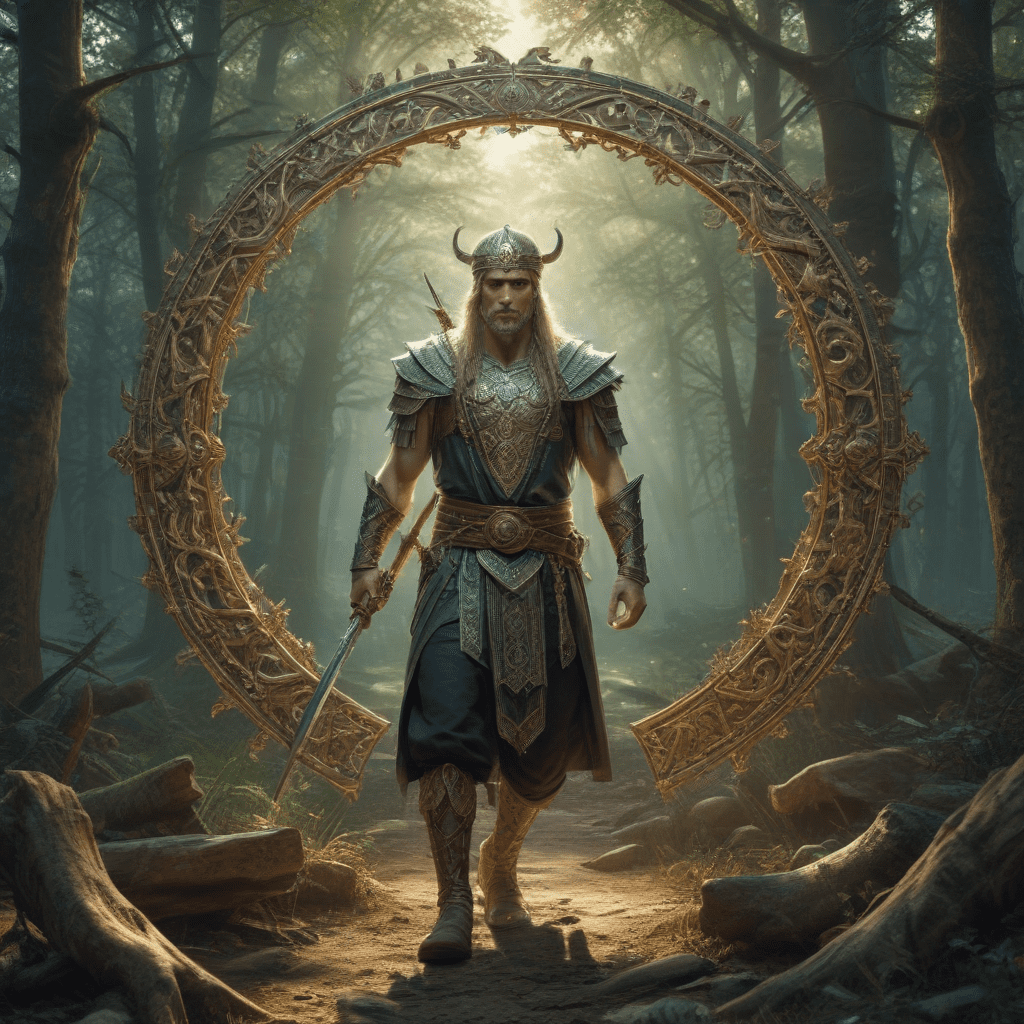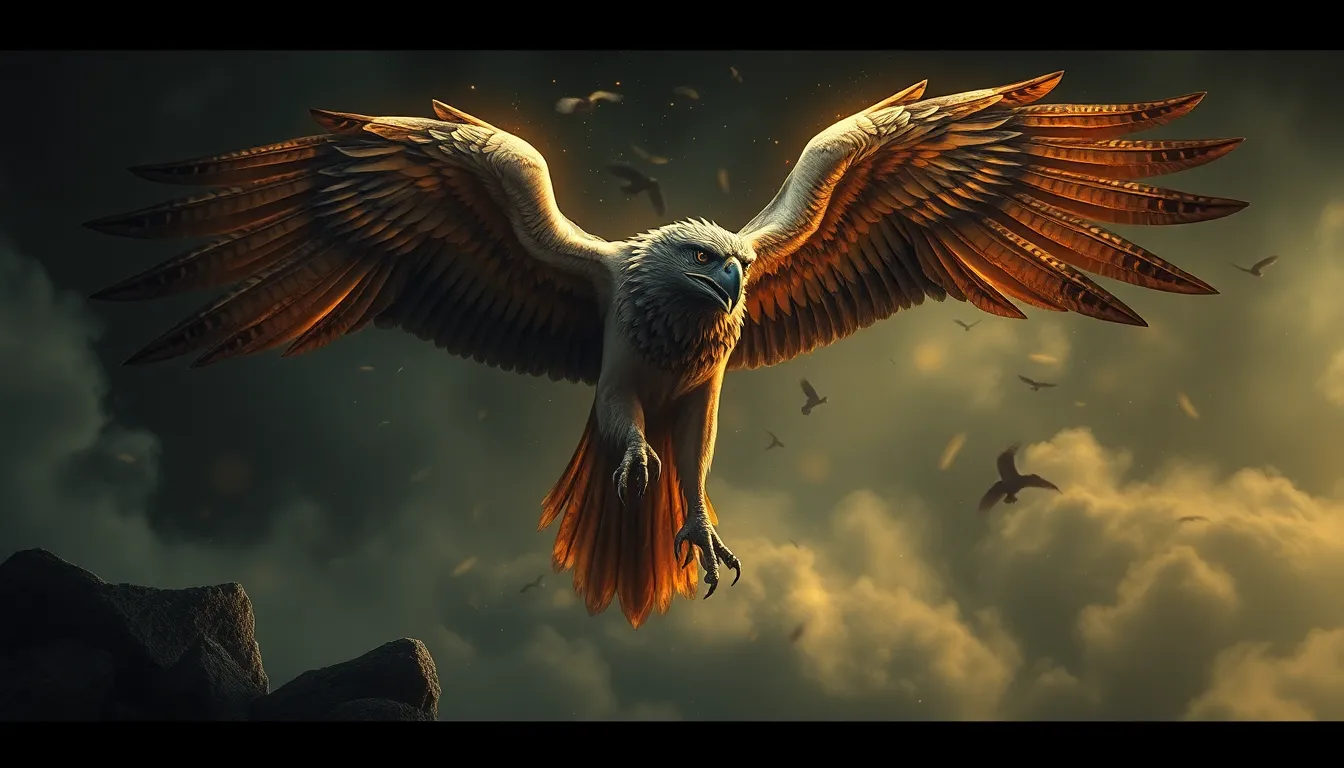Slavic Mythology: Tales of Trickery and Deception
Slavic mythology is a treasure trove of captivating tales woven around a pantheon of deities, spirits, and creatures. Trickery and deception play an integral role in these stories, adding layers of intrigue and entertainment. Trickster deities, cunning creatures, and wise heroes populate the Slavic mythological landscape, creating a tapestry of folklore rich in imagination and symbolism.
Trickster Deities and Their Supernatural Powers
Slavic mythology features a cast of trickster deities, each possessing unique supernatural abilities. Veles, the shape-shifting god of the underworld, is known for his cunning and deceit. He frequently outwits other gods and mortals alike, using his powers of illusion and disguise to achieve his goals. Chernobog, the dark god of chaos and deception, embodies the destructive and unpredictable aspects of the universe. His malevolence and trickery often lead to misfortune and discord.
Veles the Shapeshifter: Master of Illusion and Deceit
Veles is a complex and enigmatic figure in Slavic mythology. As the god of the underworld, he presides over the realm of the dead and is associated with cattle, wealth, and wisdom. However, he is also a master of trickery and deception. Veles frequently appears in disguise, assuming the forms of animals, humans, or even inanimate objects. He uses his shapeshifting abilities to outwit his opponents, steal from the gods, and play pranks on mortals.
Chernobog the Dark God: Embodiment of Chaos and Deception
Chernobog, the dark counterpart to Belobog, the god of light, represents the destructive and chaotic forces of the universe. His name translates to "black god," and he is associated with darkness, evil, and misfortune. Chernobog is often depicted as a horned figure with a black body and piercing red eyes. He delights in causing chaos and discord among the gods and mortals alike. His trickery and deception often lead to conflict, destruction, and despair.
Lada the Goddess of Fertility and Female Guile
Lada, the goddess of fertility and love, is also known for her cunning and guile. She is often invoked by women seeking protection during childbirth and marriage. However, Lada is not always benevolent. She can be jealous and vengeful, and she sometimes uses her powers to trick and deceive those who cross her path. Lada's female guile represents the power and influence that women can wield, even in a male-dominated society.
Baba Yaga the Forest Witch: Keeper of Secrets and Trickster
Baba Yaga is a mysterious and fearsome figure in Slavic mythology. She is an old woman who lives in a hut that stands on chicken legs. Baba Yaga is a powerful witch who possesses knowledge of secret paths and hidden treasures. She is also a trickster, and she often plays pranks on those who cross her path.
Leshy the Woodland Spirit: Protector and Prankster
Leshy is a woodland spirit who protects the forest and its inhabitants. He is a skilled hunter and a cunning trickster. Leshy often leads travelers astray, and he sometimes plays pranks on those who enter his domain. However, Leshy can also be helpful to those who respect the forest and its creatures.
Domovoy the House Spirit: Trickster and Guardian
Domovoy is a house spirit who lives in the walls or under the floor of a home. He is a protector of the family and the household, and he often plays tricks on the occupants. Domovoy can be mischievous, but he is also loyal and devoted to his family.
Tales of Outwitting Giants and Dragons
Slavic mythology is full of tales of heroes and heroines who outwit giants and dragons. These stories often feature clever tricks and cunning strategies. In one story, a hero named Ivan tricks a giant into falling into a trap. In another story, a heroine named Vasilisa uses her wits to outsmart a dragon. These tales celebrate the power of intelligence and courage over brute strength and magic.
The Role of Magic and Rituals in Slavic Trickery
Magic and rituals play an important role in Slavic trickery. Trickster deities and creatures often use magic to deceive their opponents. For example, Veles uses his shapeshifting abilities to disguise himself and outwit his enemies. Chernobog uses his dark magic to cause chaos and destruction.
Slavic mythology also includes a number of rituals that can be used to trick or deceive others. For example, there is a ritual that can be used to make someone fall in love with you. There is also a ritual that can be used to protect yourself from harm.
FAQs
Q: Who is the most famous trickster deity in Slavic mythology?
A: Veles, the god of the underworld and shapeshifting, is the most famous trickster deity in Slavic mythology.
Q: What is Baba Yaga's role in Slavic mythology?
A: Baba Yaga is a mysterious and fearsome figure in Slavic mythology who is a powerful witch and keeper of secrets. She is also a trickster who often plays pranks on those who cross her path.
Q: What is the role of magic in Slavic trickery?
A: Magic plays an important role in Slavic trickery, as trickster deities and creatures often use magic to deceive their opponents. There are also a number of rituals in Slavic mythology that can be used to trick or deceive others.




